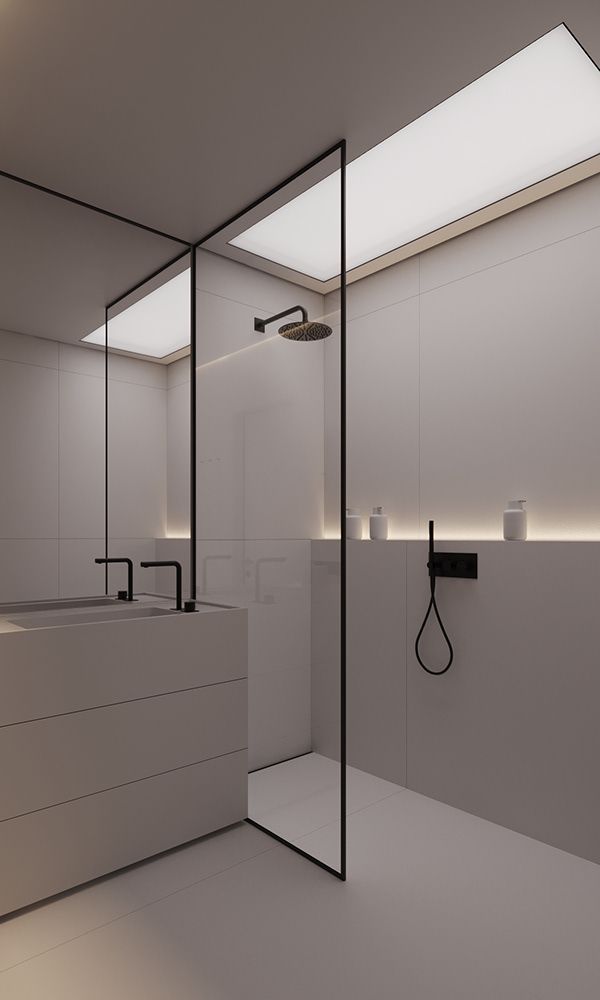Blend Like a Pro: Your Nutribullet Buying Guide
New-build facility costs can be avoided by upgrading existing plants instead.
Gogan says that although we’re starting to see a shift in thinking, the general perception of nuclear power remains a bit outdated, especially when we start to look at new nuclear, advanced heat technologies.She points out that, in actuality, nuclear has consistently been identified as necessary in our climate mitigation roadmaps, by everyone from the Intergovernmental Panel on Climate Change, to the International Energy Agency and the European Commission.. A leading environmentalist, Gogan says that she too started out as anti-nuclear, but her perception of nuclear technology changed after reading Professor David MacKay’s book, Sustainable Energy Without the Hot Air.

The book illuminates just how difficult it would be to meet our decarbonisation goals with renewables alone, and dispels wrong assumptions held about nuclear energy based on old, outdated ideas.. Now Gogan serves on the UK government's Nuclear Innovation and Research Advisory Board, the board of US NGO, Nuclear Innovation Alliance, as well as the French NGO, Voices for Nuclear.She’s passionate about the substantial opportunities new nuclear presents to help us meet our net zero goals, and is particularly hopeful about small modular reactors and advanced heat sources, which are designed to be manufactured products, largely made in factories.In addition, she highlights the fact that a power plant using advanced heat solutions, costing one to two billion pounds to build, and which is quickly assembled on-site, is much easier to finance, and much better for local communities, than a very large scale, 20 billion pound construction project that creates years of disruption, dust and noise.. Gogan believes that any remaining sceptics will become convinced about the benefits of nuclear as they become more aware of the versatility on offer by these new nuclear, advanced heat solutions, which are capable of delivering so much more than consistent, reliable electricity.

In actuality, electricity accounts for just 20% of our energy usage, and we can use these new nuclear technologies to produce not only electricity, but also emissions-free heat, which offers a variety of benefits and uses, from hydrogen production and the desalination of water, to the supply of heat to homes and businesses..Problems with renewable energy: wind and solar challenges.

Realistically, if we truly want to bend the curve on carbon emissions, we must start diversifying our strategies, relying on more than just renewables.
Advanced heat solutions represent excellent complementary technologies to wind and solar power, as these renewables face real challenges.Laboratories support all stages of the life science value-chain, from R&D to manufacturing and diagnostics, and exponential market growth means exponential demand for lab space..
In addition to this rising demand, life science businesses and developers looking to deploy labs face additional challenges, including:.A lack of existing lab space in some locations already today.
In Cambridge and Oxford for example (two of the UK’s main life science hubs), demand for labs now outstrips available supply by nearly a hundred to one.Existing labs are increasingly not fit for purpose, incompatible with new science, technology, or regulations, or are simply in poor condition.. Supply-chain issues that are also impacting the wider construction industry, such as a shortage of materials or skilled labour, and which are increasingly competing against other major global challenges such as climate change or the housing crisis..




